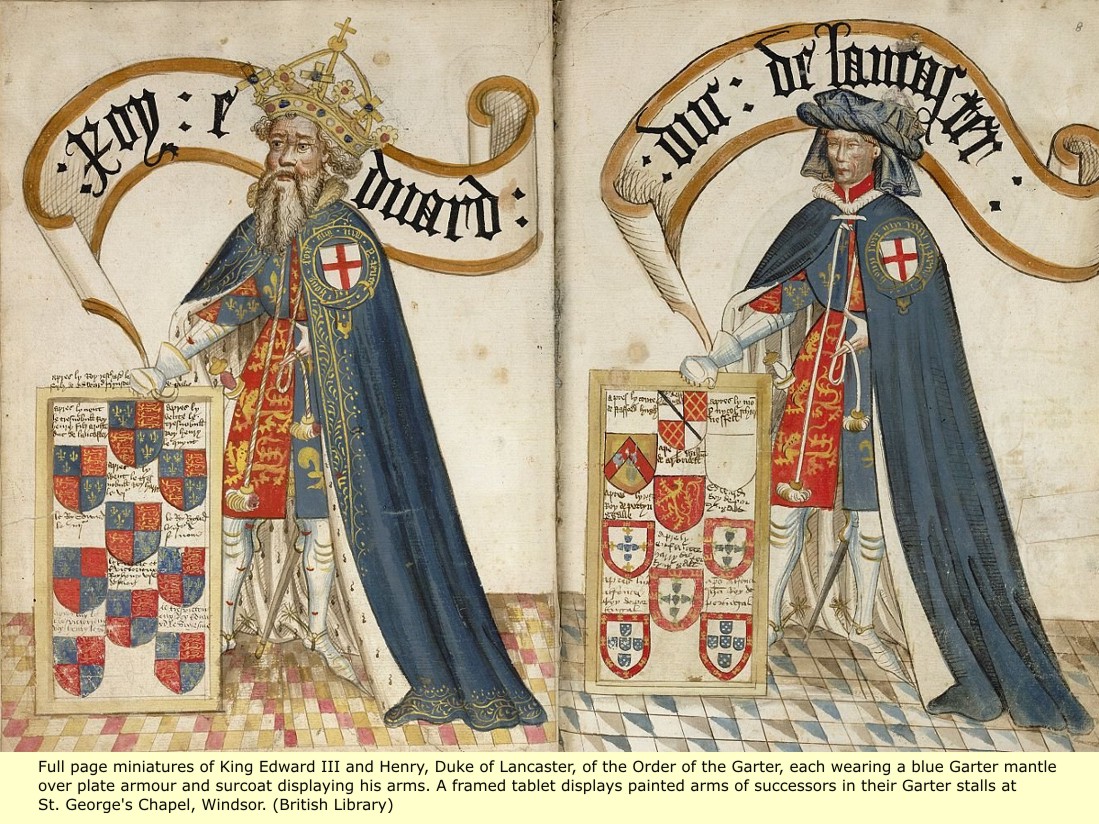
But not surprisingly, there is great evidence that medieval Blacks did not allow Albinos to be Knights. This assertion is supported by the fact that there are no authentic images - or very few if any, authentic images - of WHITE KNIGHTS. Even in cases like below, which appears to show a White Duke of Lancaster. But the fact is, that owing to the destruction of 97% of Britain's artifacts by Thomas Cromwell, the British library has thousands of FAKE, aged looking illuminated Manuscripts. There is no way for us to tell which are real, if any, and which are fake. (The fact that the race of the depicted knights is so ambiguous strongly suggests that the manuscript is a fake). Click here for the full knights of the garter >>>
 |
Before going on to explain away, that which by common sense, should not require explaining: one might wonder how we have come to find ourselves in this ridiculous position in the first place. Well we had lots of help: from unscrupulous people with respected titles, who we trusted to tell us the truth. But who, apparently for love of money (at least in the case of Gates - though some might say self loathing), lied to us in the most bare-faced ways.
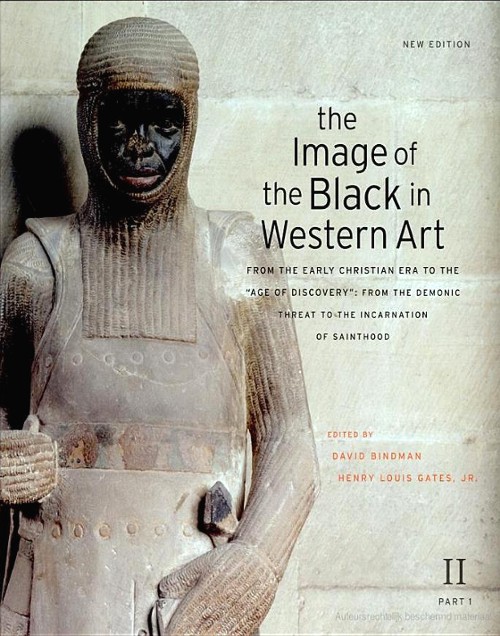 |
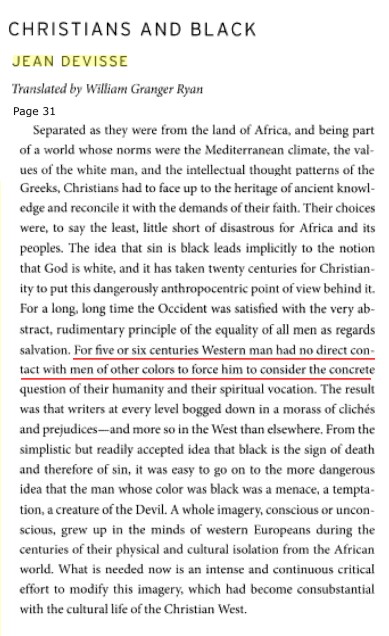 |
The statement above represents pique, understandable we think, but is it not informative, which is our mandate. But being unwilling to spend too much time on such a hideous lie, we will simply offer a paragraph from the Wiki on the Black/Brown skinned Mongol Huns from Asia. |
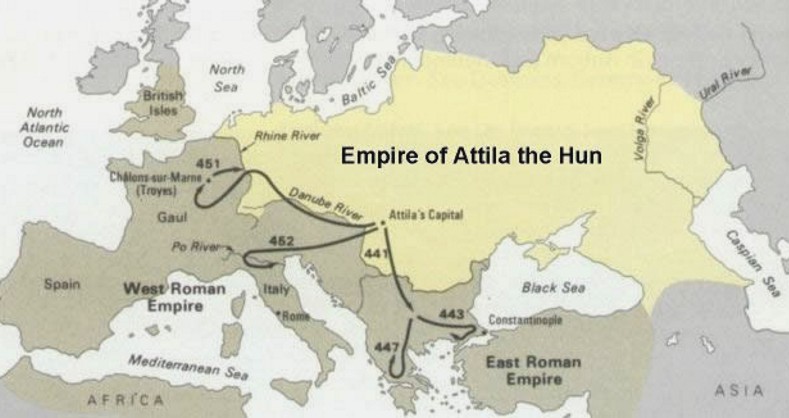 |
Please note from the map below, that Europe was "Teeming" with new peoples on the move, in the first centuries of the current era. Quite different from the lies of the gang of three. |
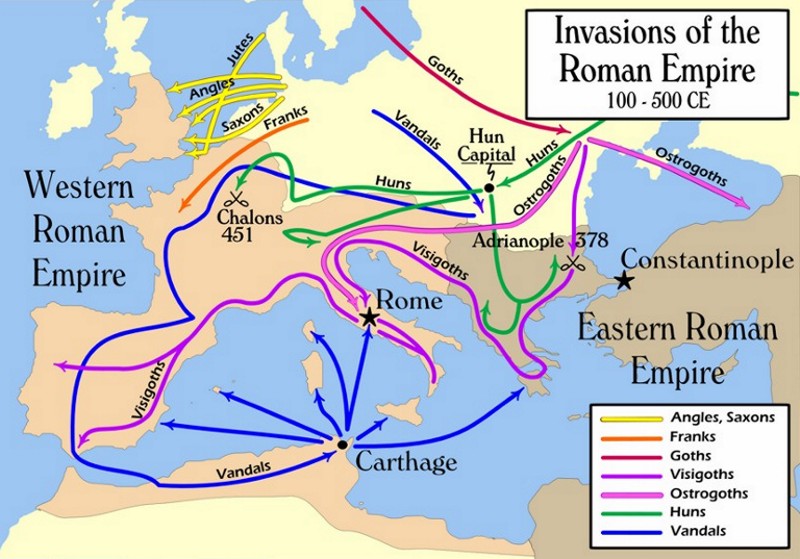 |
(by relationship with the book)
 |
 |
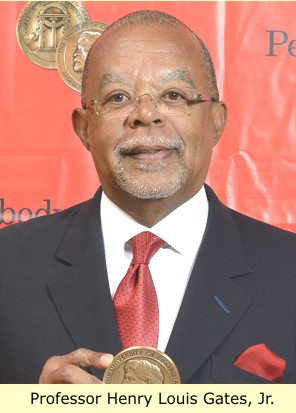 |
Jean Devisse (1923-1996 ) was a French historian of early medieval Europe. Prior to teaching at the University of Paris VIII -Vincennes he has conducted numerous studies on the Middle Ages in Europe, and then, from 1958, teaching in Africa , it is also dedicated to the study of the black Africa at the same time. His most remarkable work relates to the Archbishop Hincmar (ca. 806-882) which he earned a PhD in 1976.
David Bindman is Emeritus Professor of the History of Art at University College London. He was educated at Oxford, Harvard and the Courtauld Institute, University of London. Professor Bindman has taught and lectured extensively in the US, and has held fellowships at Yale, the National Gallery of Art in Washington D.C., the Getty Institute, and the Du Bois Institute at Harvard. He is a scholar of eighteenth-century British art, and the author of books on Blake and Hogarth as well as the editor of The History of British Art (Yale University Press, 2008). Over the course of his distinguished career, his interest turned to the representation of non-Europeans in Western art, culminating in the book Ape to Apollo: Aesthetics and the Idea of Race in the Eighteenth Century (Cornell University Press, 2002).
Henry Louis Gates, Jr. (born September 16, 1950) is the Alphonse Fletcher University Professor and Director of the Hutchins Center for African and African American Research at Harvard University. He is also an Emmy Award-winning filmmaker, literary scholar, journalist, cultural critic, and institution builder. Gates has written 17 books and created 14 documentary films.
Saint Maurice, (allegedly died c. 286), was a christian soldier whose alleged martyrdom, with his comrades, inspired a cult still practiced today. Among those martyred with him were SS. Vitalis, Candidus, and Exuperius. He is the patron saint of the Vatican’s Swiss Guard.
Their story was recorded in the Passio martyrum Acaunensium (“The Passion of the Martyrs of Agaunum”), by the 5th-century French bishop St. Eucherius, who believed that the Theban Legion was a group of Egyptian Christians serving in the Roman army under the command of Maurice (Latin Mauritius). Ironically, they were sent by Maximian (later Roman emperor) to help quash a revolt of Christian peasants in Gaul. The legion met Maximian at Octodurum (now Martigny, Switz.), but they refused to fight against their brethren and withdrew in protest to Agaunum. There Maximian twice had one man in 10 executed, and finally the entire group was put to death.
The earliest surviving evidence for St. Maurice consists of a letter written during the early 5th-century. It names a late 4th-century bishop, Theodore of Octodurum, as the discoverer of the relics of St. Maurice and his companions. The fact that St. Maurice is said to have belonged to a legion called the Thebaei which really was stationed in northern Italy by the early 5th-century at latest suggests that Theodore invented the story of St. Maurice in order to appeal to this legion for some reason. One possibility is that he had been trying to persuade it not to accept the usurper Eugenius as their new emperor in 392.
The earliest account of the martyrdom of Maurice and the Theban legion occurs in a letter addressed by Eucherius, bishop of Lyons c. 434-50, to a fellow bishop, Salvius.1 This relatively brief document has attracted a degree of scholarly attention out of all proportion to its length, the purpose of which has been to investigate its historical basis. There are those who believe with varying degrees of certainty that there is a historical basis to the story which Eucherius relates, that there did indeed exist a group of Theban soldiers who were executed in the Alps during the early years of the reign of emperor Herculius Maximian (284-305) because they refused, for religious reasons, to obey his commands.2 However their arguments have left many unconvinced. Denis Van Berchem's thorough examination of the story has raised many doubts about its veracity, and many commentators now incline to believe, with him, that no such martyrs ever existed.3 The main arguments against the veracity of the tale preserved by Eucherius may be summarized as follows:
(1) It contradicts the historical sequence of events. In reality, Christians were expelled from the army several years before the general persecution of Christians broke out in February 303, probably as early as 298.4 This sequence of events seems to have been planned precisely in order to avoid the scenario depicted here, the refusal of soldiers to obey orders to persecute their fellow Christians.
(2) Although the text claims that Maximian twice ordered the decimation of the legion, i.e. the execution of every tenth man, this practice had ceased long before he rose to the throne.5
(3) Although the opposition to military service by the pre-Constantinian church has often been overstated, and some Christians did indeed serve in the army, the evidence of such writers as Tertullian and Lactantius confirms nevertheless that the majority of Christians were opposed to military service, whatever their exact reasons.6 To the extent, therefore, that the story of Maurice and the Theban legion seems to accept military service and the notion of justifiable homicide, it betrays its author's acceptance of a point of view which did not dominate within the church until the very late 4th century.
Van Berchem realised that it was not enough simply to dismiss the story of Maurice and the Theban Legion as fiction. One must also account in a more positive fashion for the origin of this fiction. This is the more difficult task, and here Van Berchem was not entirely convincing.7 He concluded that the legend of an eastern military martyr named Maurice of Apamea was conflated with local traditions concerning a campaign by Maximian against rebels in Gaul, and that from this confusion there arose the story of Maurice and the Theban Legion.8 It is my intention here to provide an alternative hypothesis, to explain Maurice of Agaunum in terms other than the translation to the Alps of the cult of Maurice of Apamea.
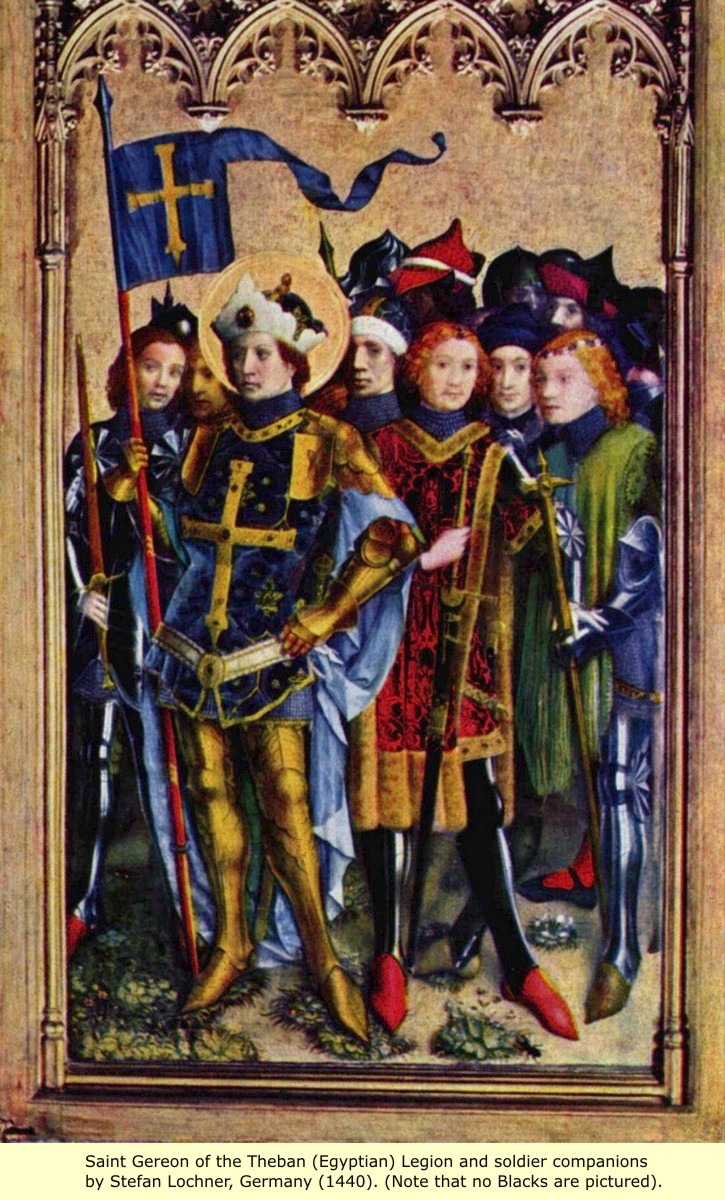 |
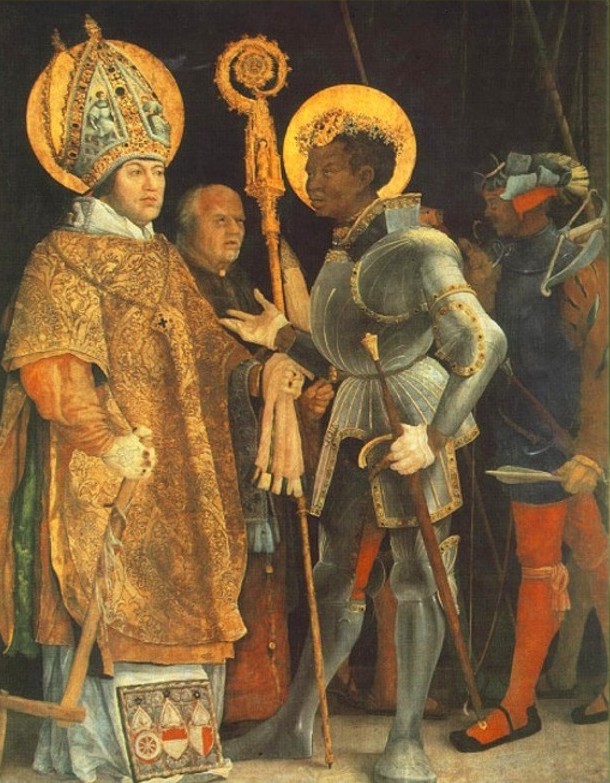 |
(We have not been able to identify the "Coat-of-Arms at the Cardinals feet).
The premise is absurd on it's face: (it's sometimes amazing just how stupid the Albino peoples lies are), but for the sake of thoroughness, let us go over a few points.
There are many paintings of Erasmus where the painters had no problem making a composite likeness: why would Grünewald need a model?
Why would a Bishop, and a Cardinal, a Prince of the Church like Albert of Brandenburg, who is well known, allow himself to be the model - what would be the point? As a Bishop and a Cardinal, only the Pope is of higher rank, why would he want to be confused with a mere saint like Erasmus?
There is no title bar on the painting, so how could a viewer possibly know that the Cardinal shown is SUPPOSED to be Erasmus, NOT Brandenburg?
As is clear from the painting, the Black knight is obviously tearing into the Cardinal. Who is stupid enough to WANT a picture of another man TEARING into you and belittling you?
Obviously the Cardinal did NOT commission the painting.
Saints are ten pennies to the dozen: Popes and Cardinals make them at will, and Erasmus was not even famous: (He is venerated as the patron saint of sailors and abdominal pain), again, what would be the point?
The fact that the Black Knight could tear into a Cardinal, tells us that he was obviously a very powerful man.
The following is a Encyclopedia Britannica biography on him.
 |
Ulrich von Hutten, (born April 21, 1488, near Fulda, Abbacy of Fulda—died August 29?, 1523, near Zürich), Franconian knight and humanist, famed as a German patriot, satirist, and supporter of Martin Luther’s (Protestant) cause. His restless, adventurous life, reflecting the turbulent Reformation period, was occupied with public and private quarrels, pursued with both pen and sword. As a supporter of the ancient status of the knightly order (Ritterstand), Ulrich looked back to the Middle Ages, but, as a writer, he looked forward, employing the new literary forms of the humanists in biting Latin dialogues, satirizing the pretensions of princes, the papacy, Scholasticism, and obscurantism. He was the main contributor to the second volume of the Epistolae obscurorum virorum (1515–17; “Letters of Obscure Men”), a famous attack on monkish life and letters. As a patriot, he envisioned a united Germany and after 1520 wrote satires in German. His vigorous series of satiric pamphlets on Luther’s behalf, which first were published in Latin, were subsequently translated into German in his Gesprächbüchlein (1522; “Little Conversation Book”).
Ulrich joined the forces of Franz von Sickingen in the Knights’ War (1522) against the German princes. On the defeat of their cause, Ulrich fled to Switzerland, where he was refused help by his former friend Erasmus. Penniless and dying of syphilis, he was given refuge by Huldrych Zwingli. The legend of Ulrich as a warrior for freedom has been much romanticized in German literature, notably by C.F. Meyer in Huttens letzte Tage (1871; “Hutten’s Last Days”).
Sadly, Ulrich von Hutten, like many high ranking Blacks of medieval Europe, believed the Albinos like Luther, who had invented the new religion of Protestantism - as a foil against the Catholicism of Black Rulership. As usual, the Albinos lied about their true purpose (which was to bring down Blacks and Black rulership), but the spiritual Blacks of those times didn't realize that. So that today, there are no Black Kings, and few surviving Black commoners in Europe.
As is plain from the Encyclopedia Britannica article, Ulrich von Hutten was actually a very famous and powerful man - much more notable than Cardinal Albert of Brandenburg. Thus when we look at the painting again, things become clearer.
Clearly, the painting was really about the man in the center, the focal point of the portrait, the Black Knight - the great man "Ulrich von Hutten".
The logic is simple -
when doing a photo portrait or painting, the person in the middle is the subject.
Clearly then, it was Ulrich von Hutten who commissioned the portrait, it was HIS painting. And as we said, Ulrich von Hutten was a important man, so there had to be some artifact to attest to his existence. But since the Albino people had already usurped his painting to hide his Blackness - and that of all Black Europeans. Something else had to be found - we can only assume that no one wanted to go to the trouble of creating a whole fake painting of a White Ulrich von Hutten, so at Wiki, they settled for this:
 |
When the Albinos come up with these stupid stories, it's clear that they never expected people to actually think about the nonsense they are writing. But these nonsensical stories give us insight into how the Albino mind works. So that when we run into another similar story, we know that it is to hide something.
Such is the case with the "OTHER" story of Cardinal Albert of Brandenburg being the stand-in for another portrait of another Saint. In this case it is Saint Jerome.
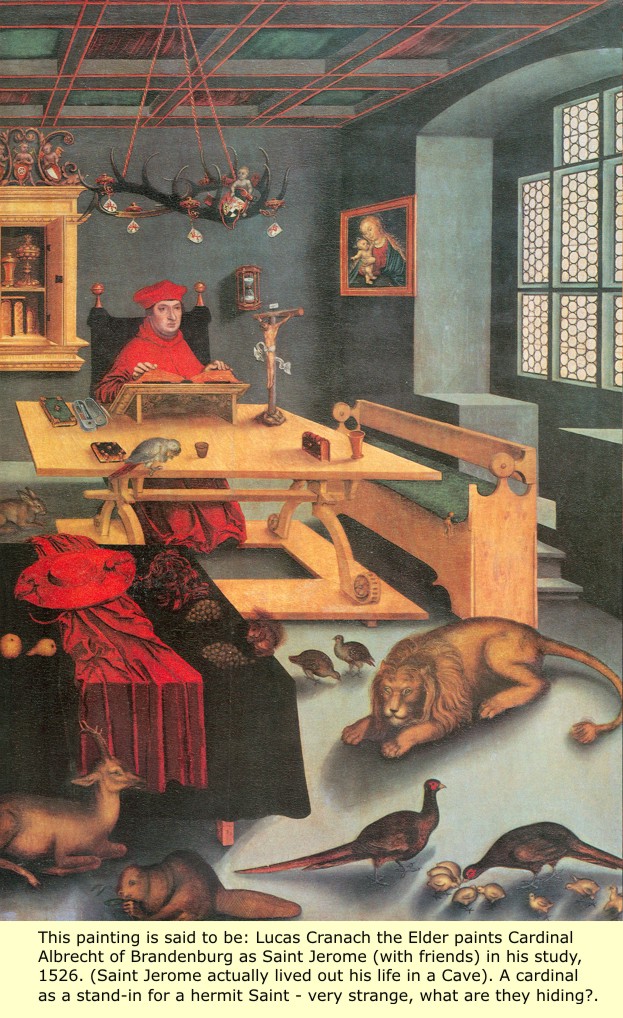 |
 |
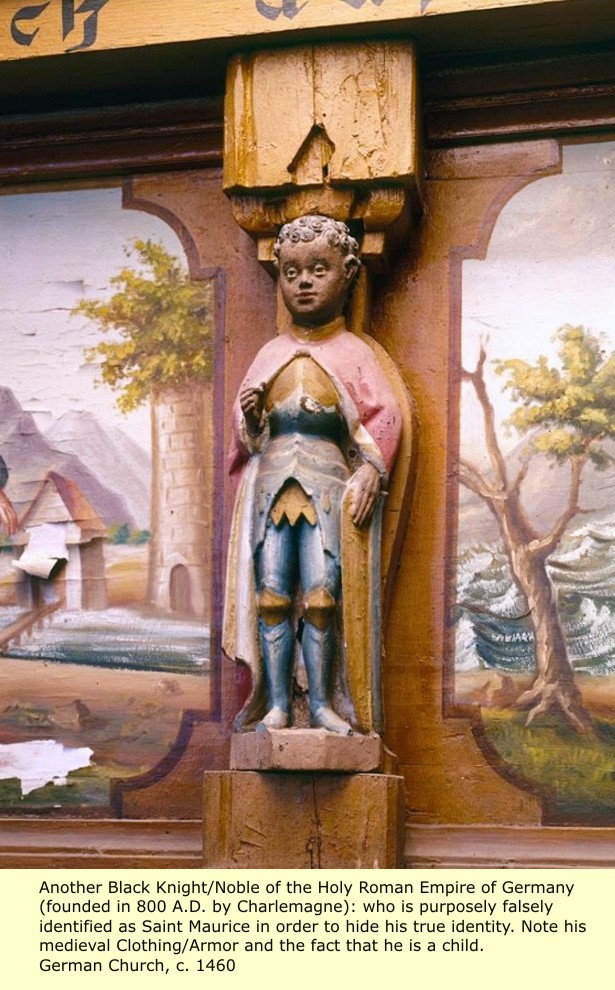 |
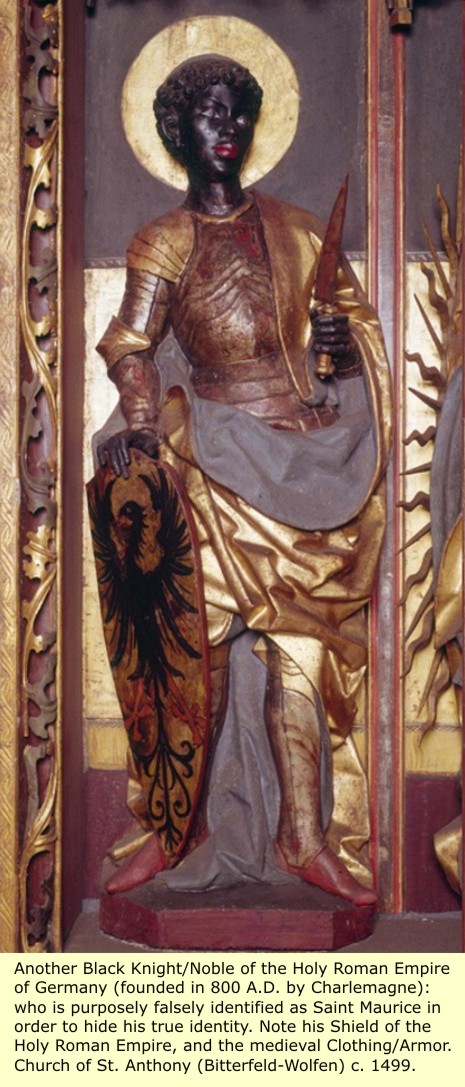 |
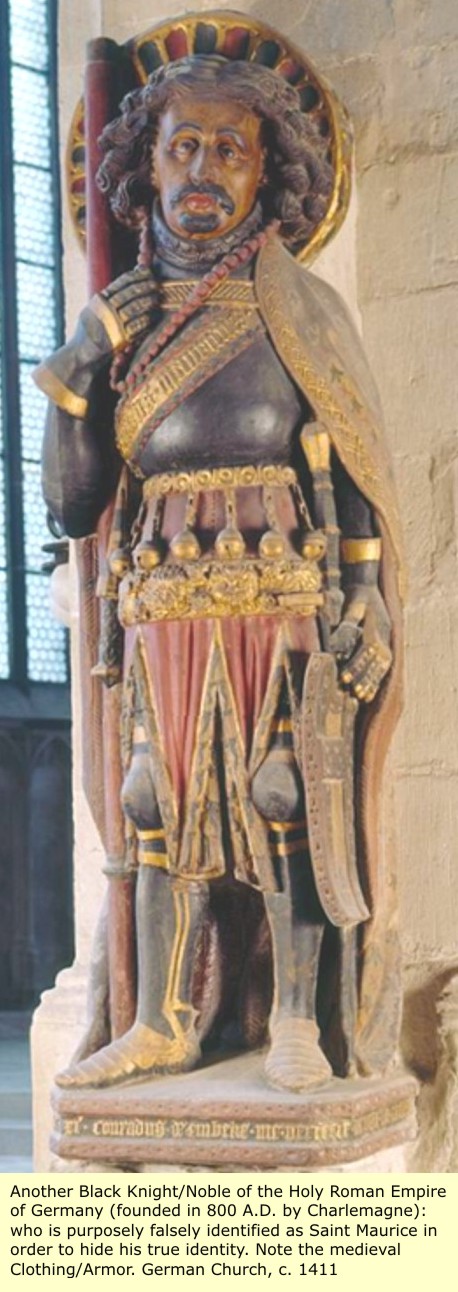 |
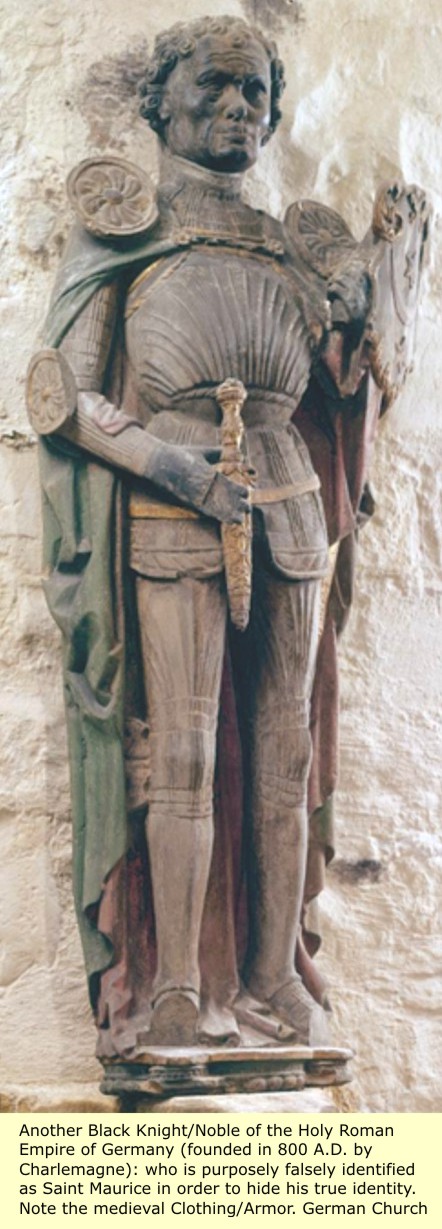 |
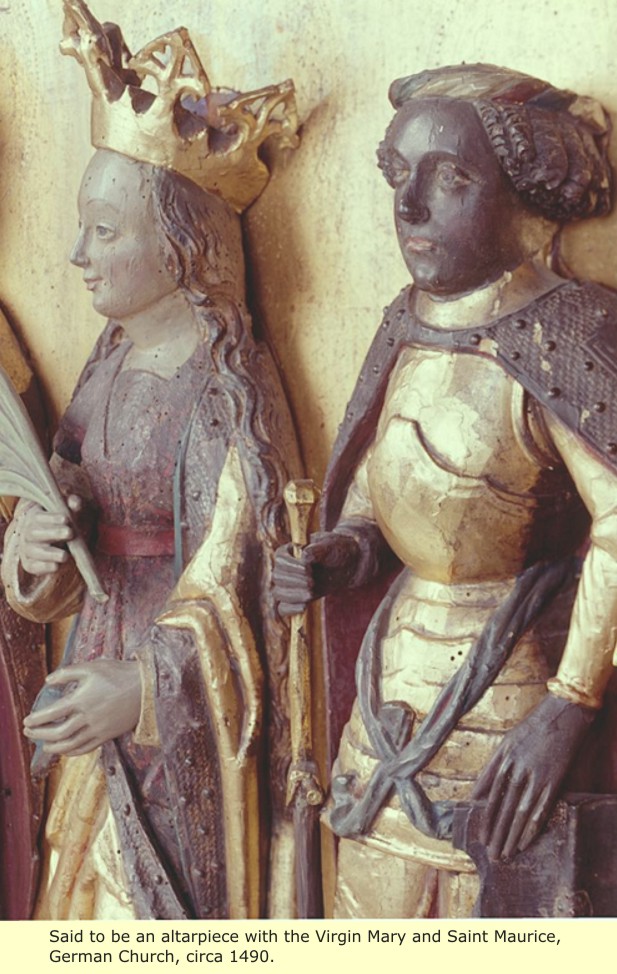 |
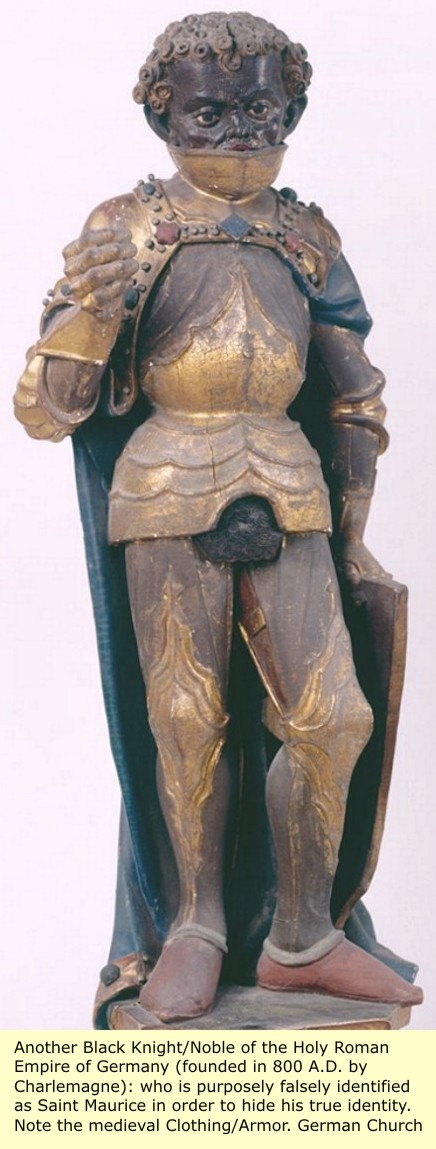 |
 |
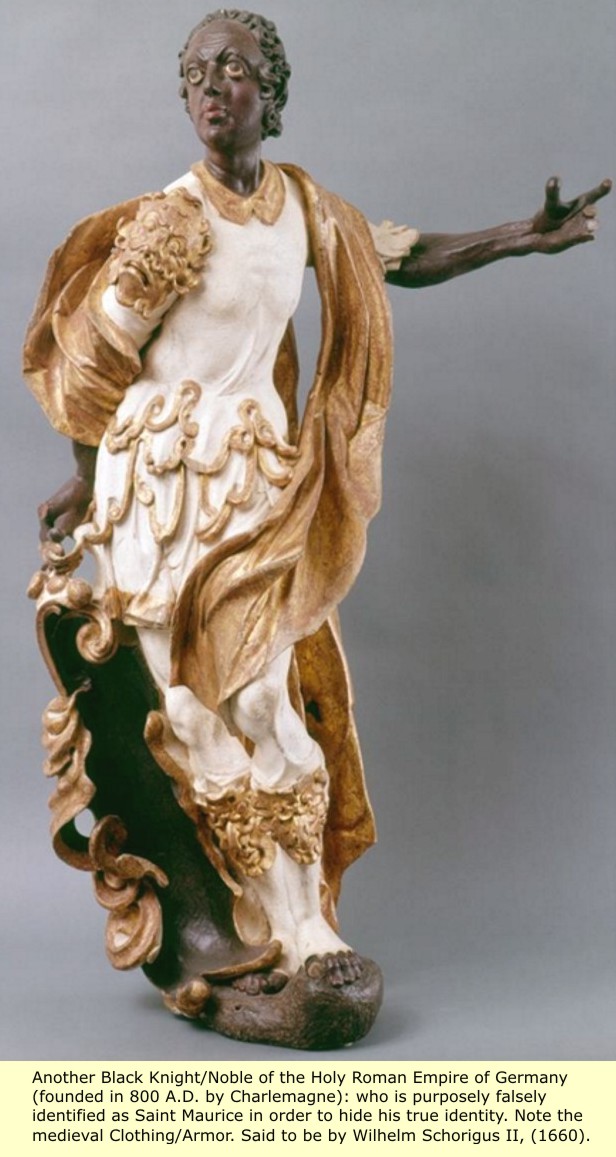 |
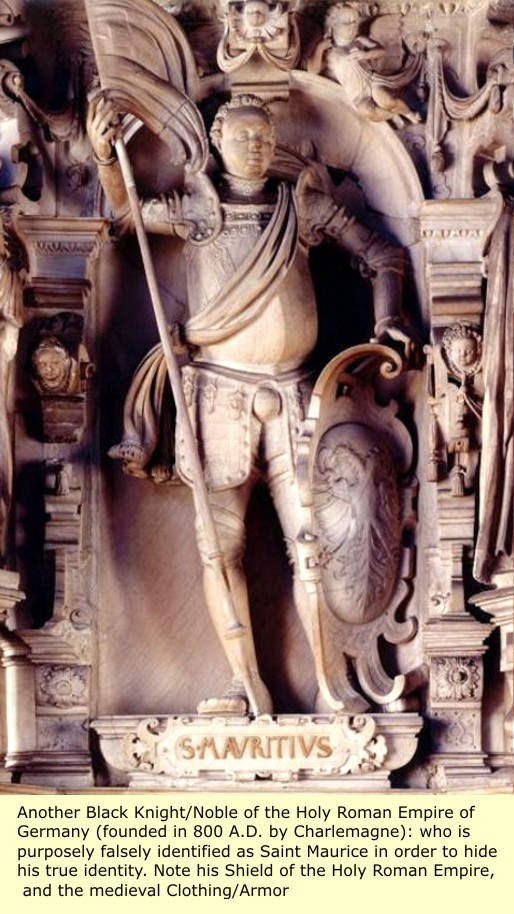 |
 |
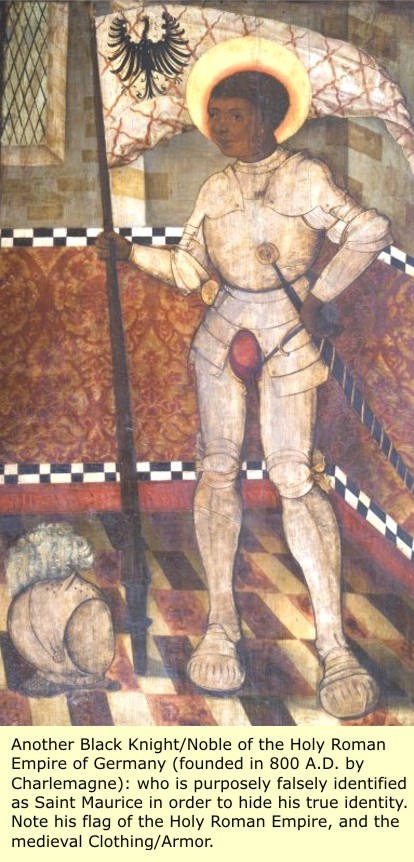 |
 |
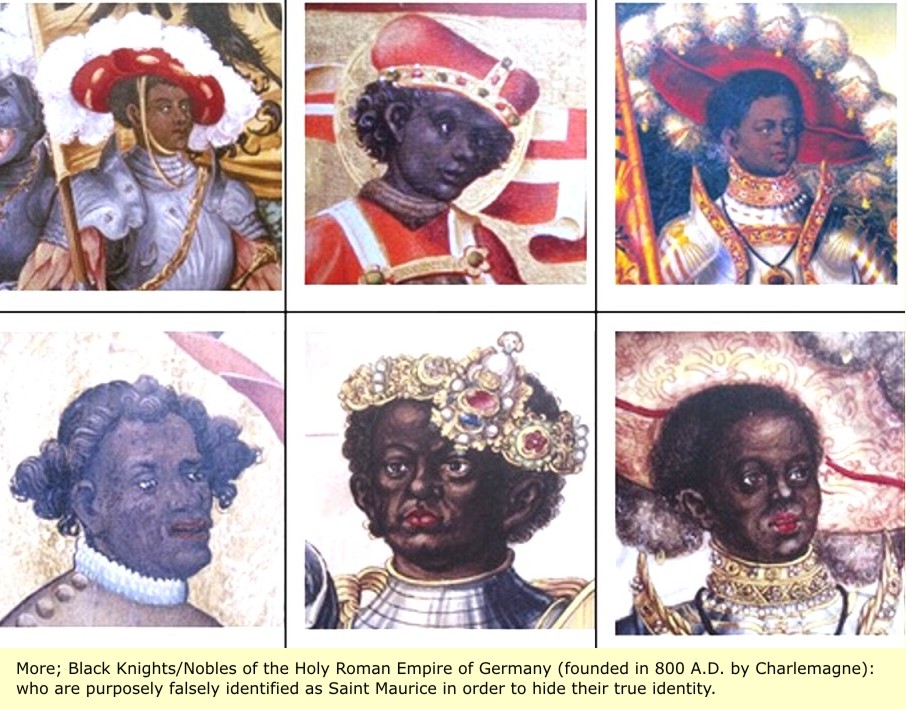 |
 |
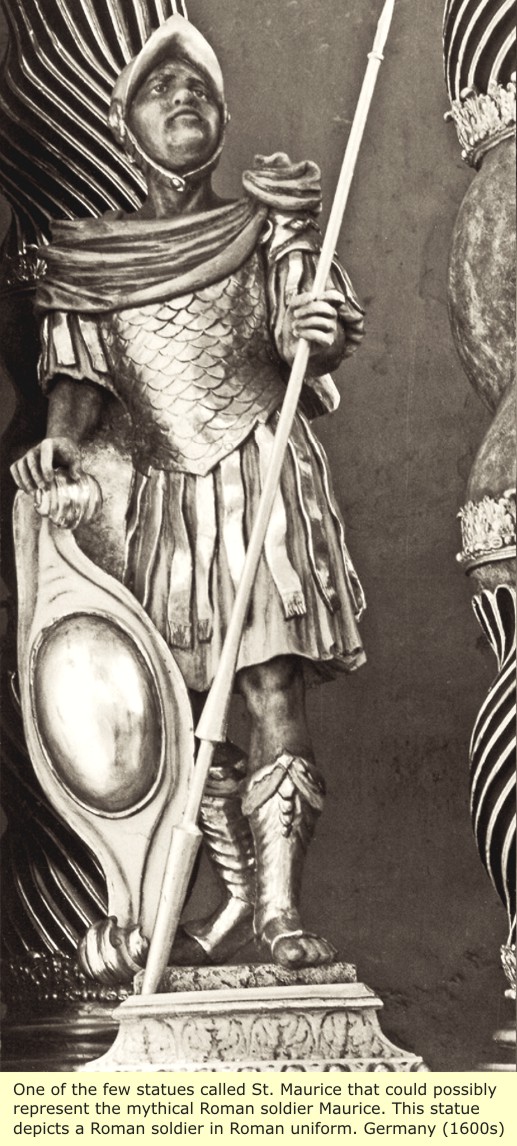 |
 |
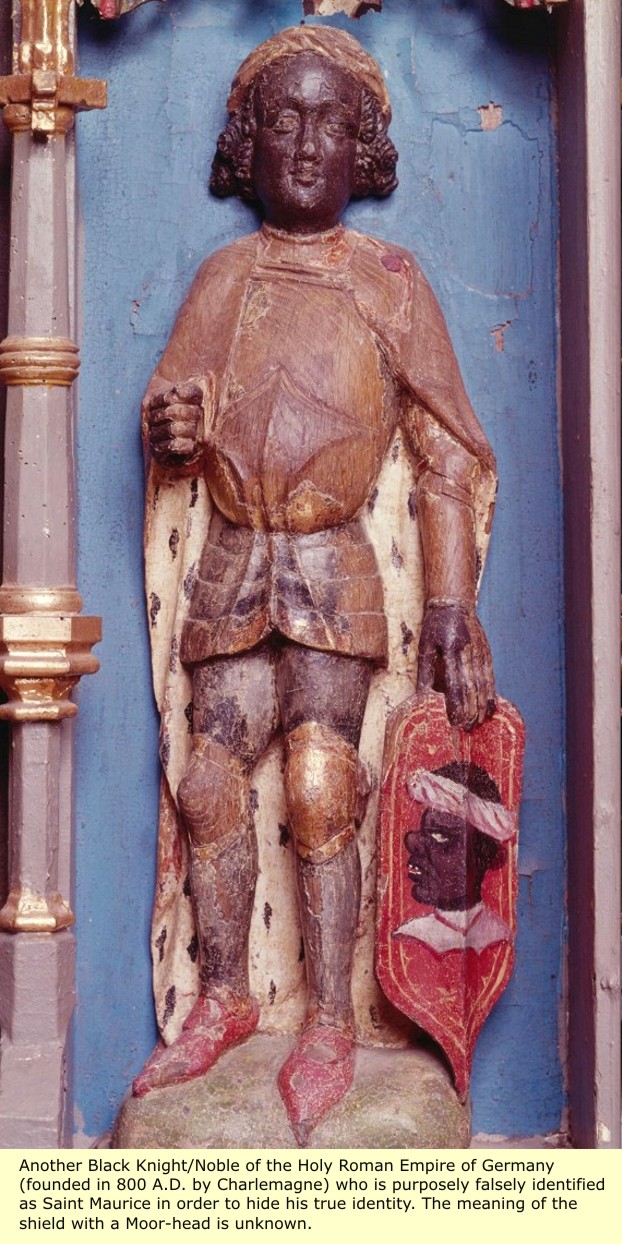 |
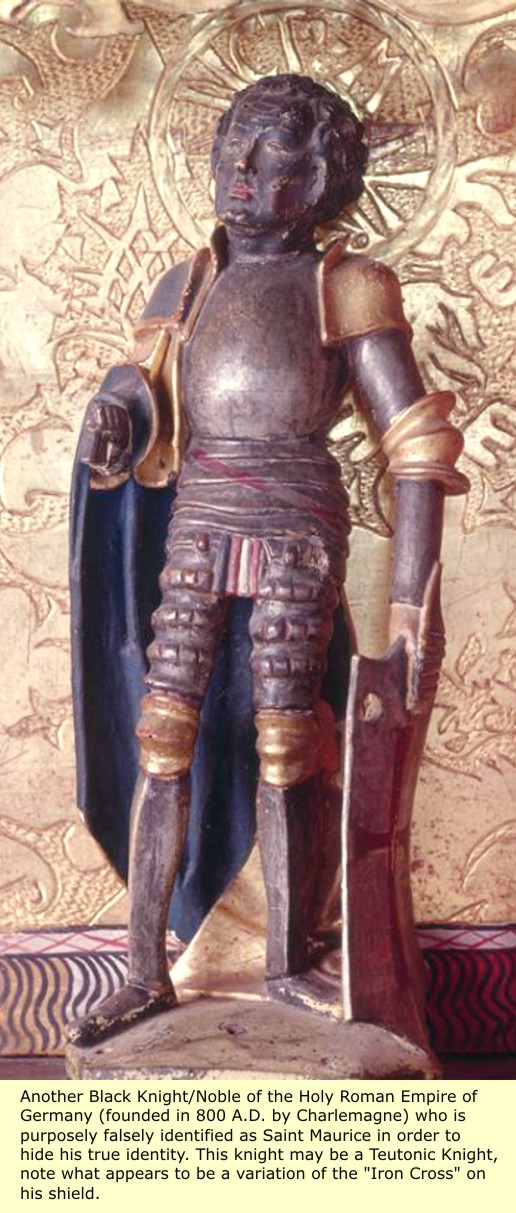 |
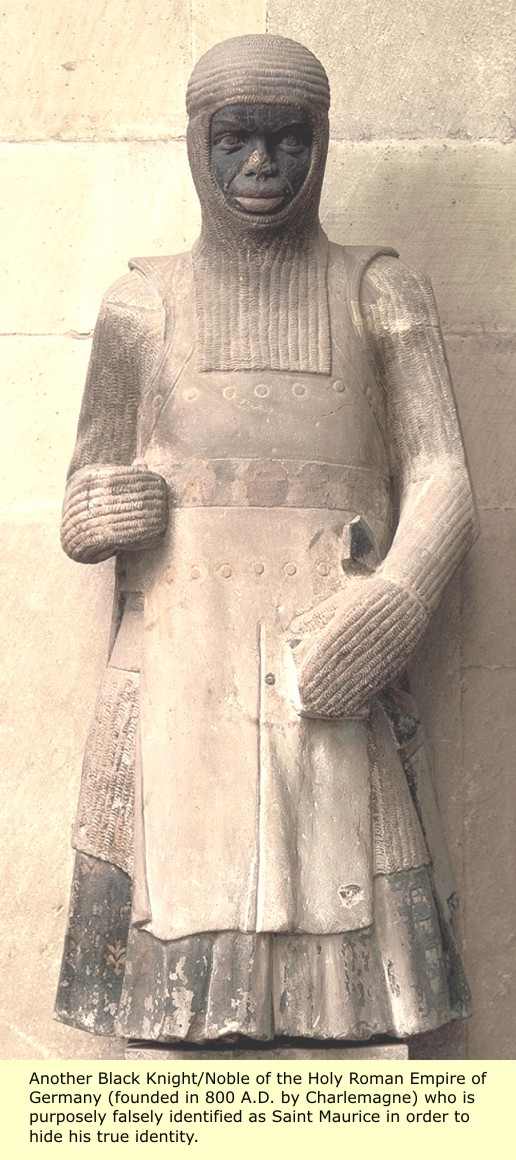 |
 |
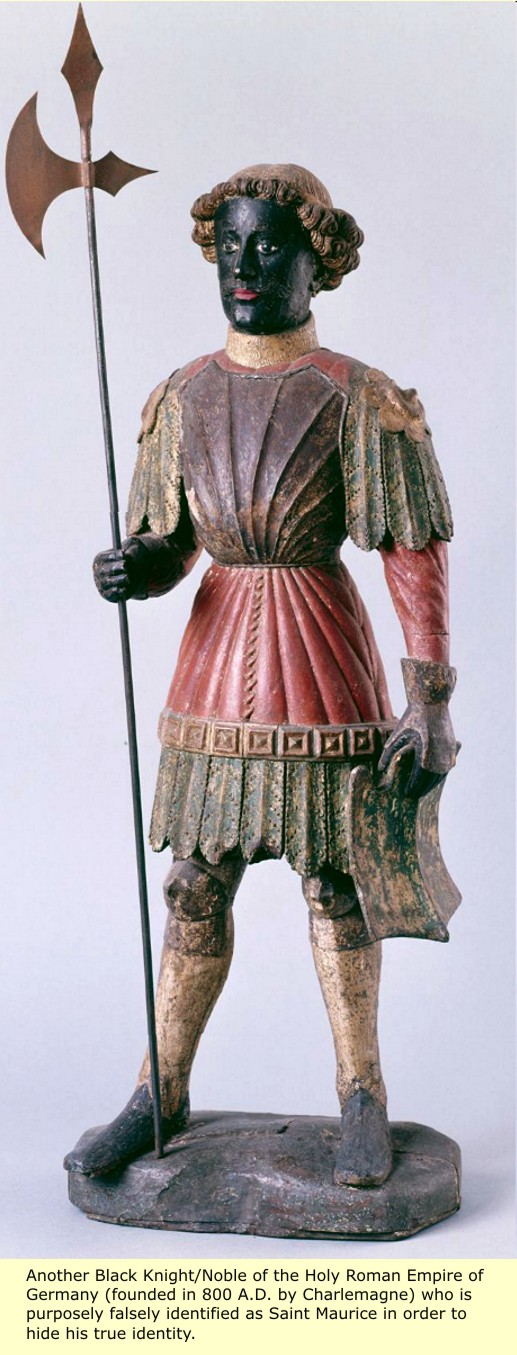 |
 |
 |
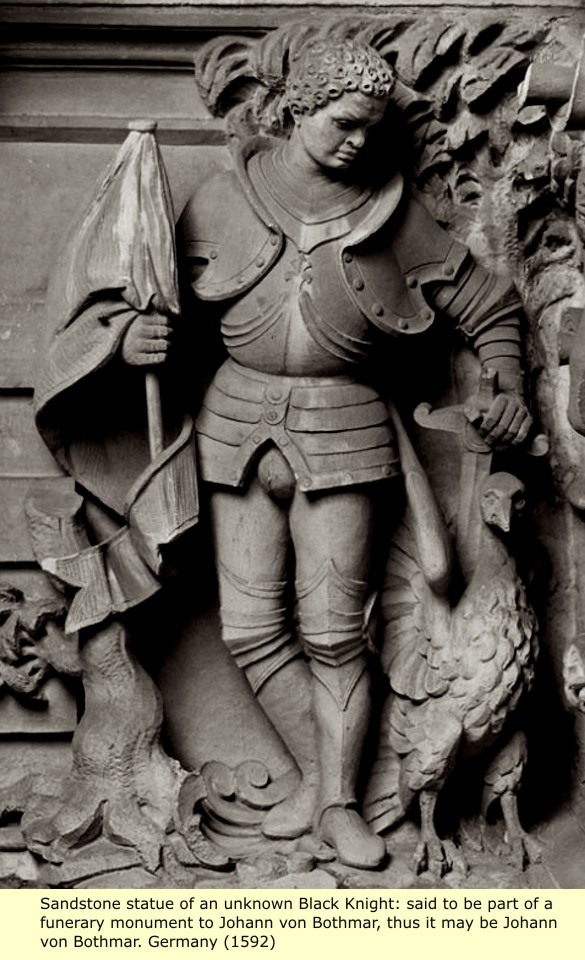 |
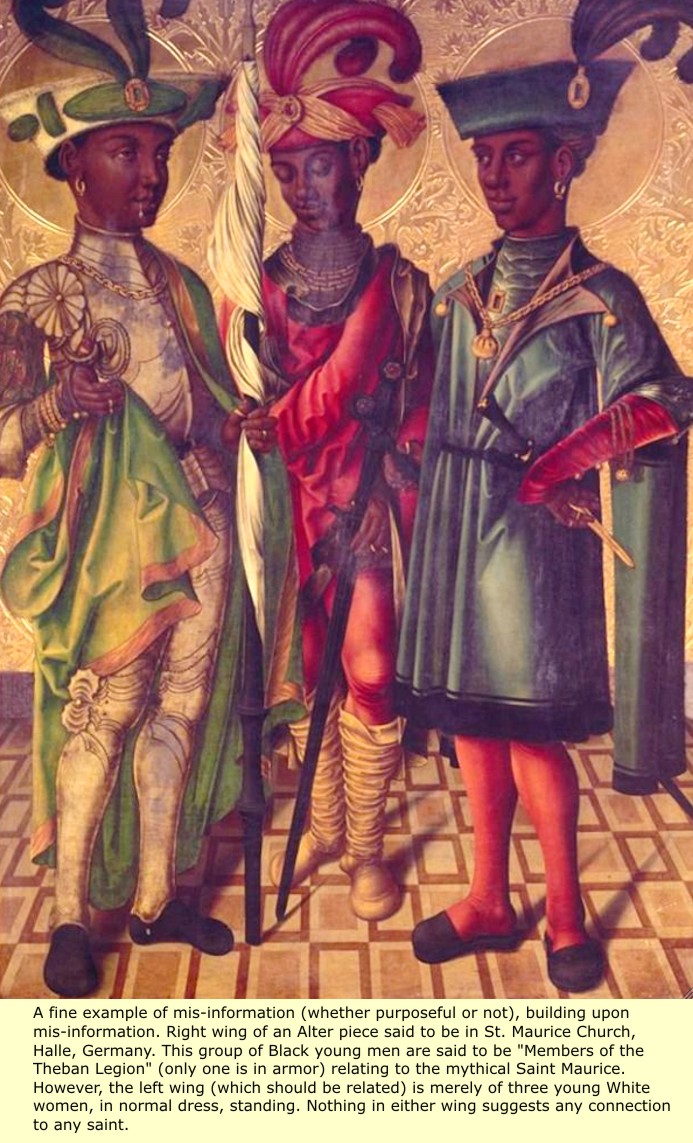 |
 |
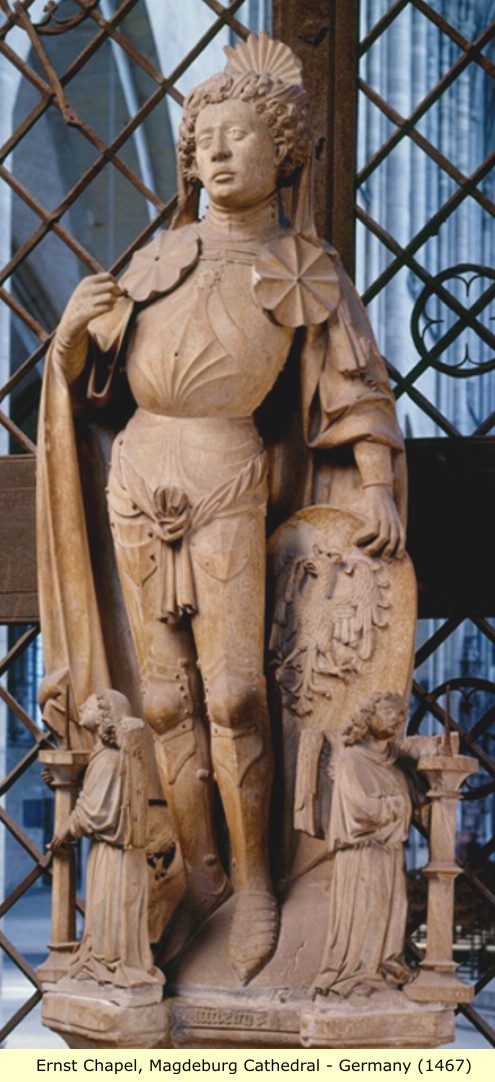 |
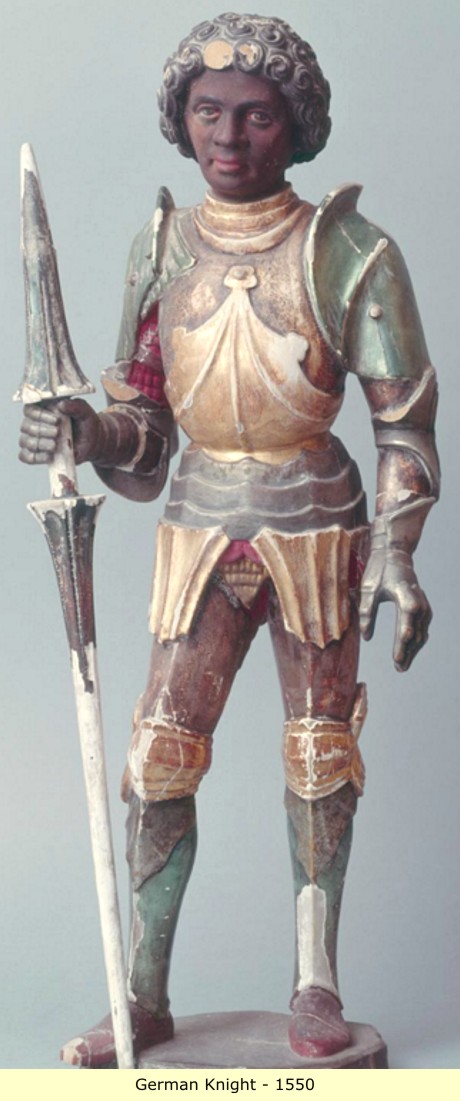 |
 |
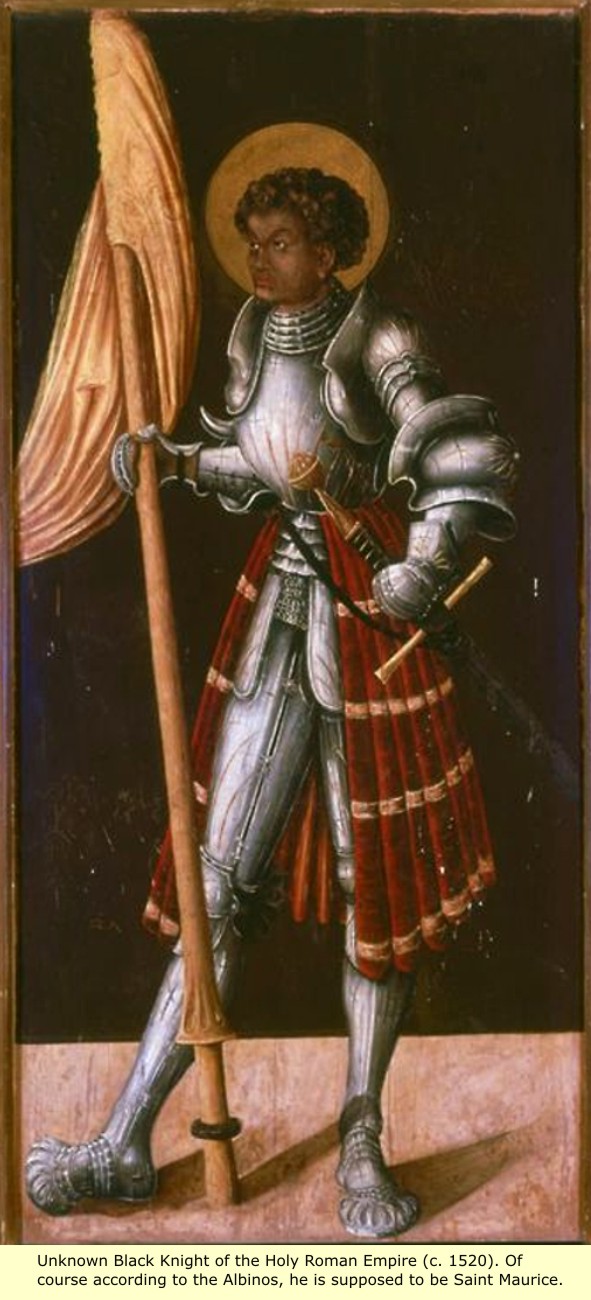 |
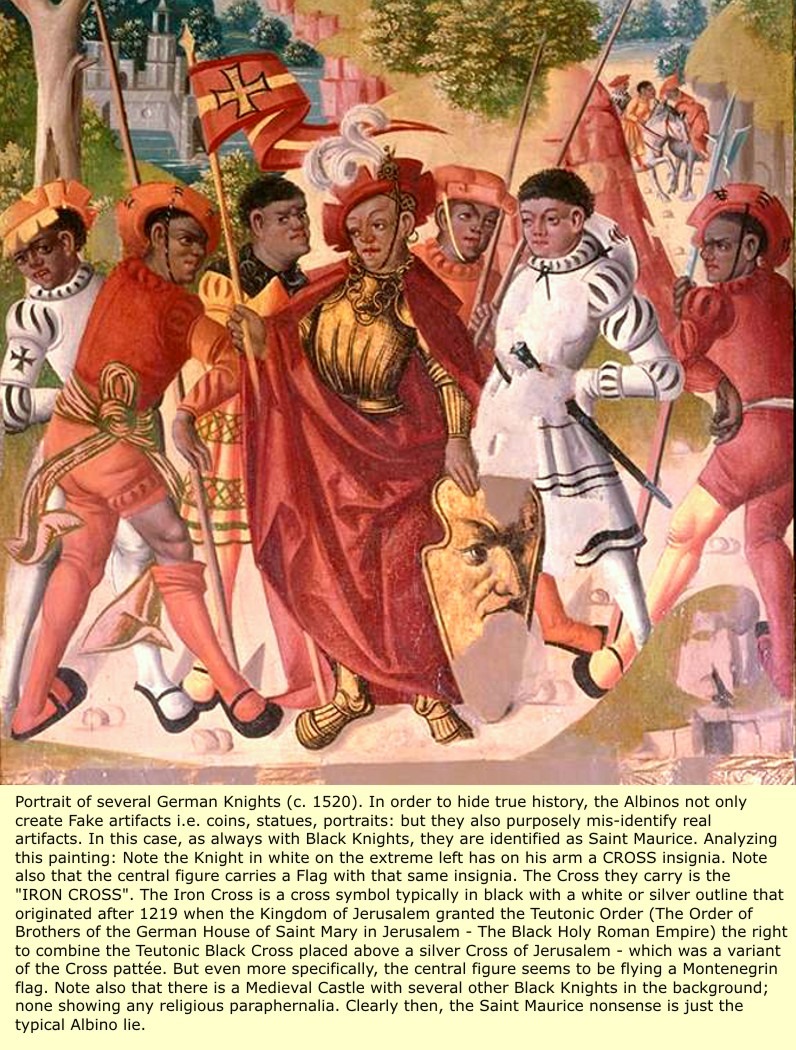 |
 |
 |
 |
 |
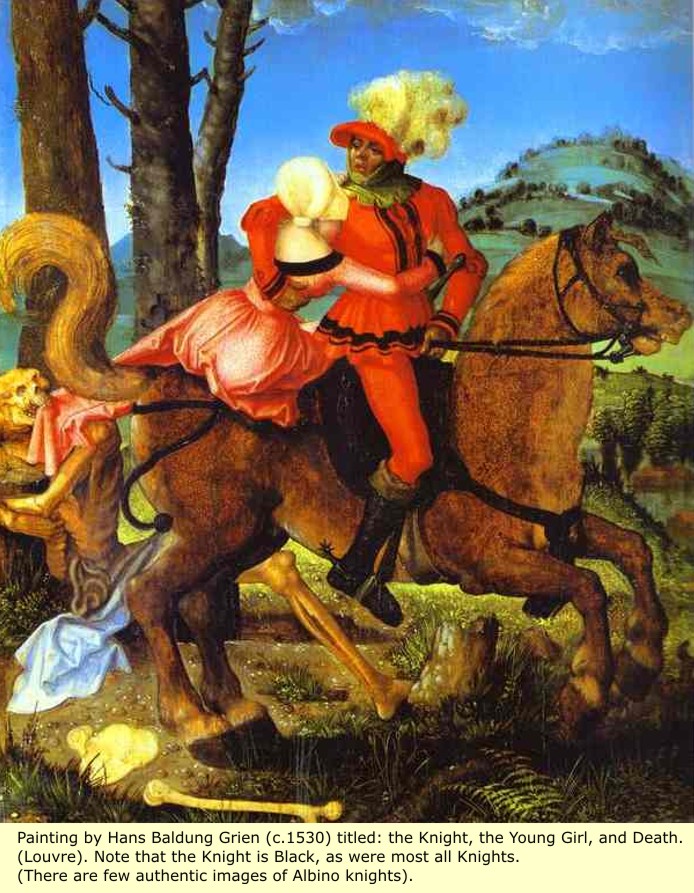 |
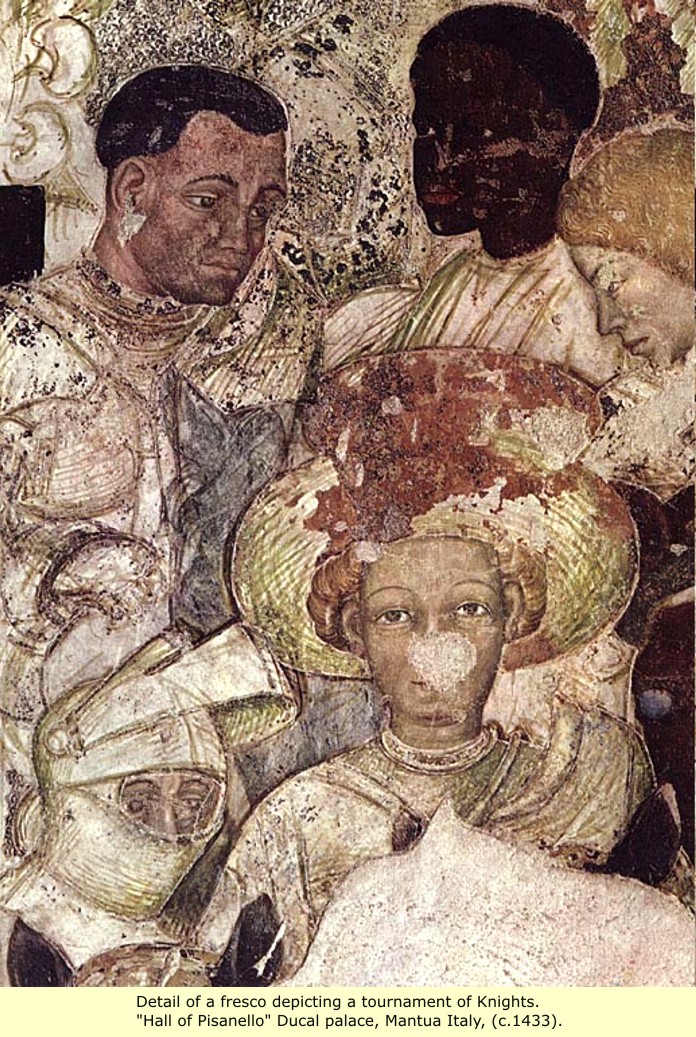 |
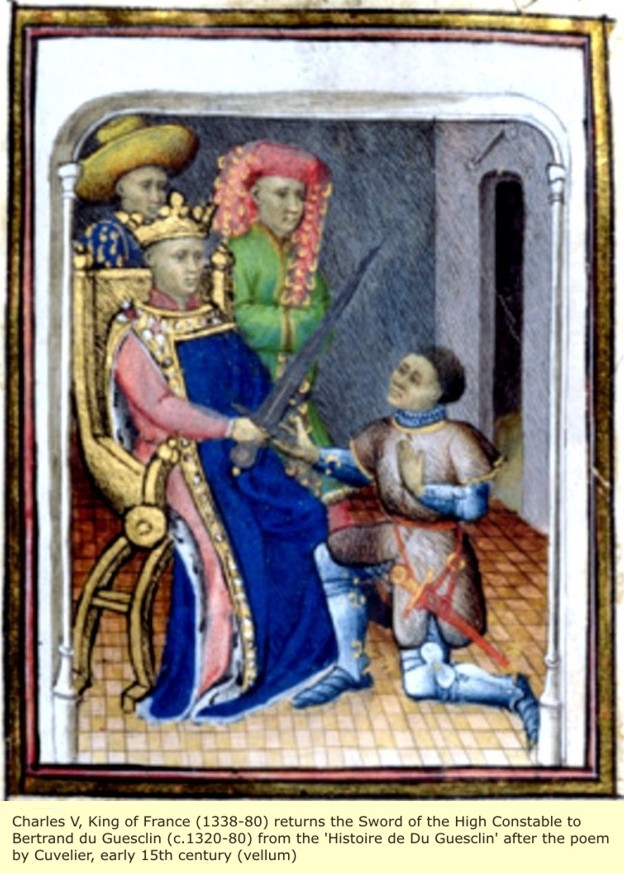 |
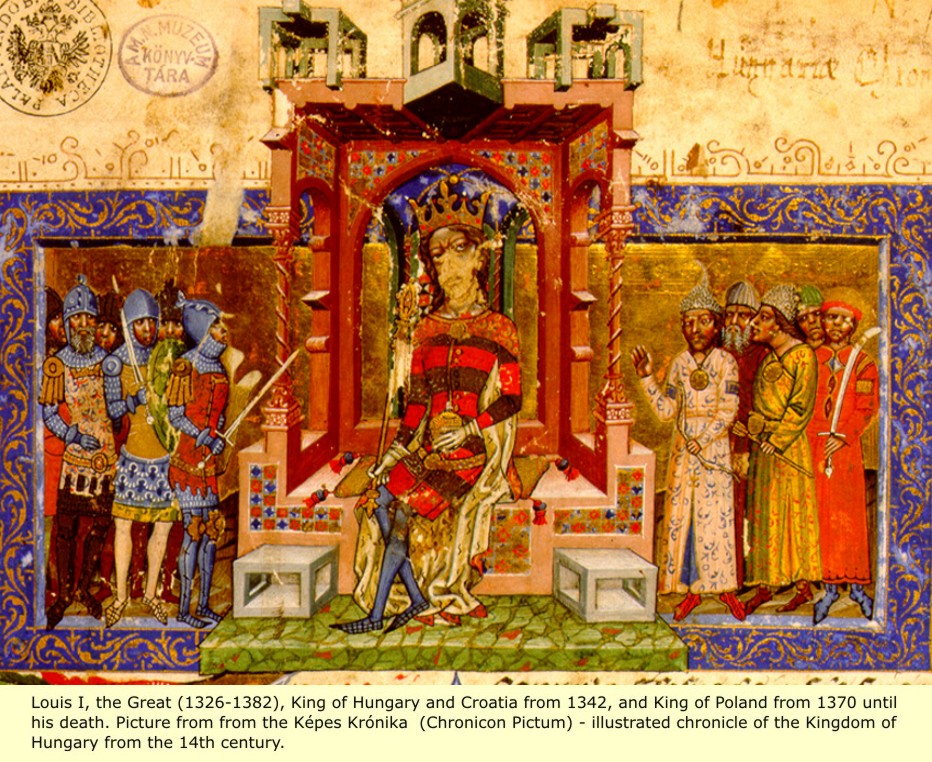 |
 |
 |
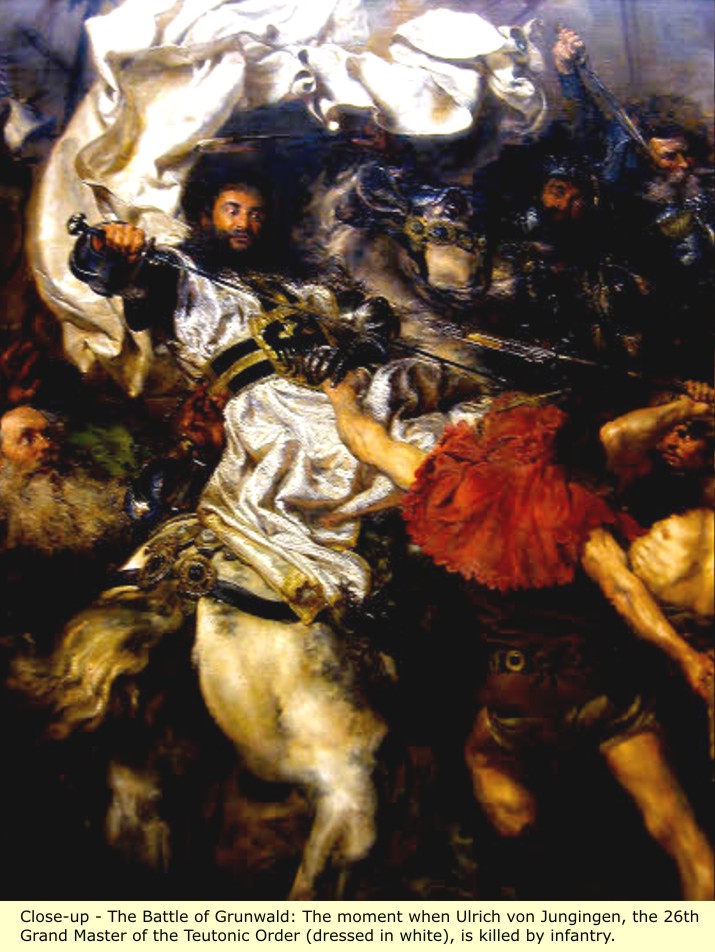 |
Has anyone noticed what is MISSING from these collections of Knight artifacts i.e. Statues, Paintings, etc.?ALBINO KNIGHTS!!!!!
|
| Click for Realhistoryww Home Page |